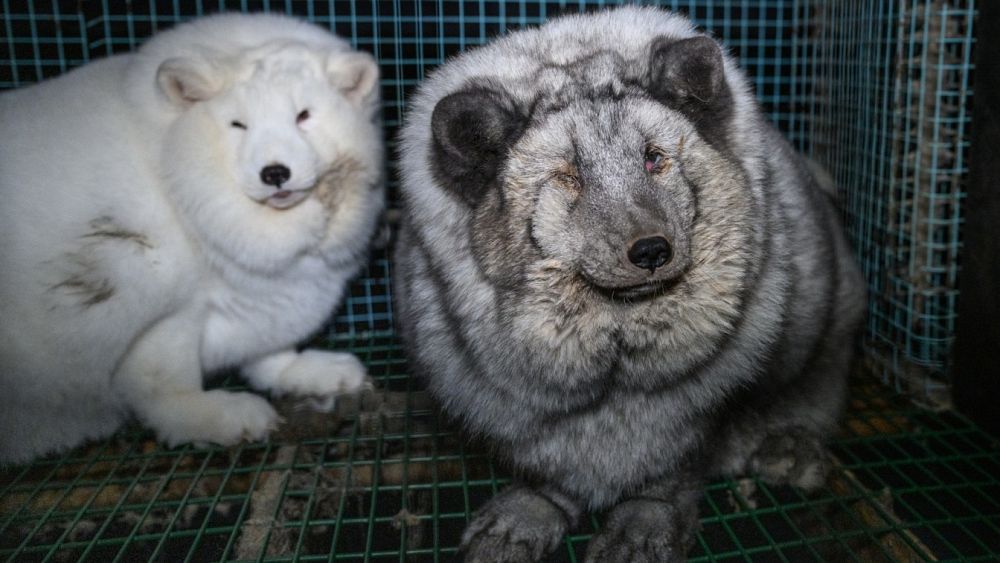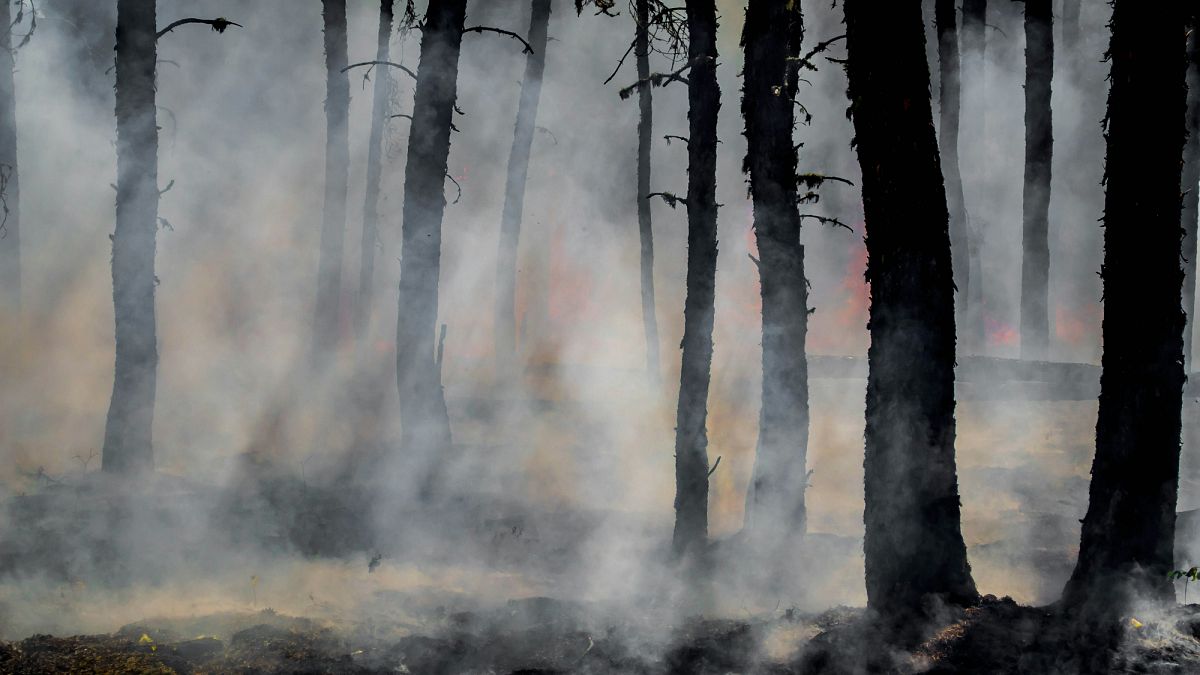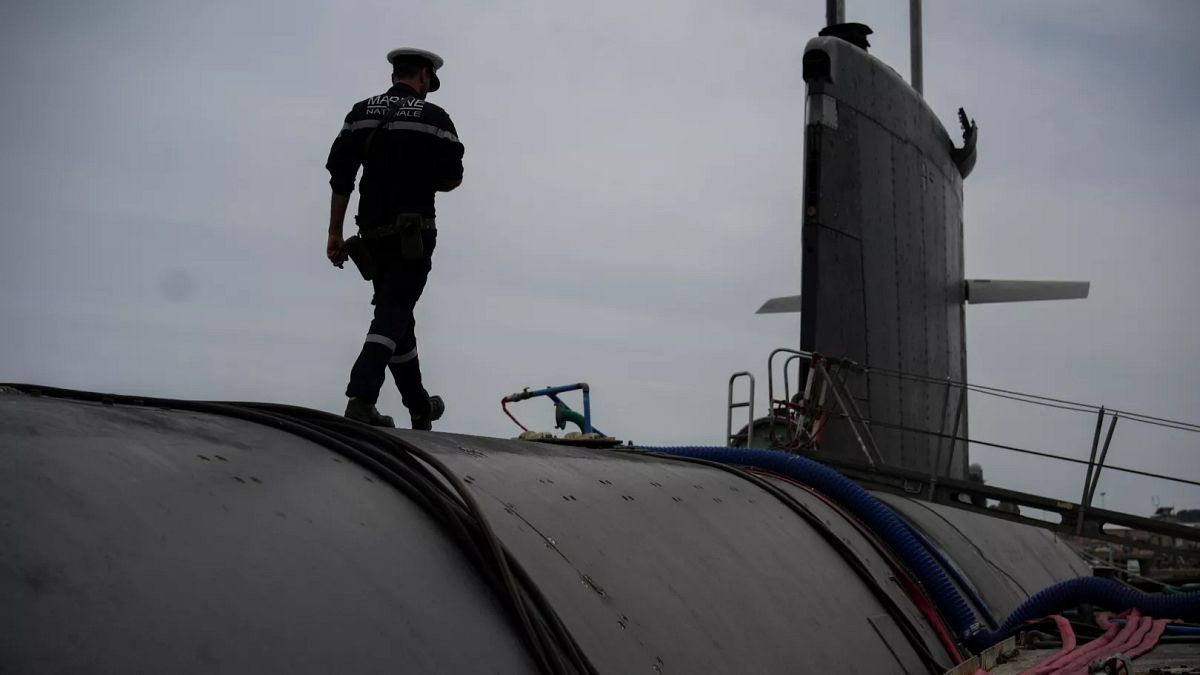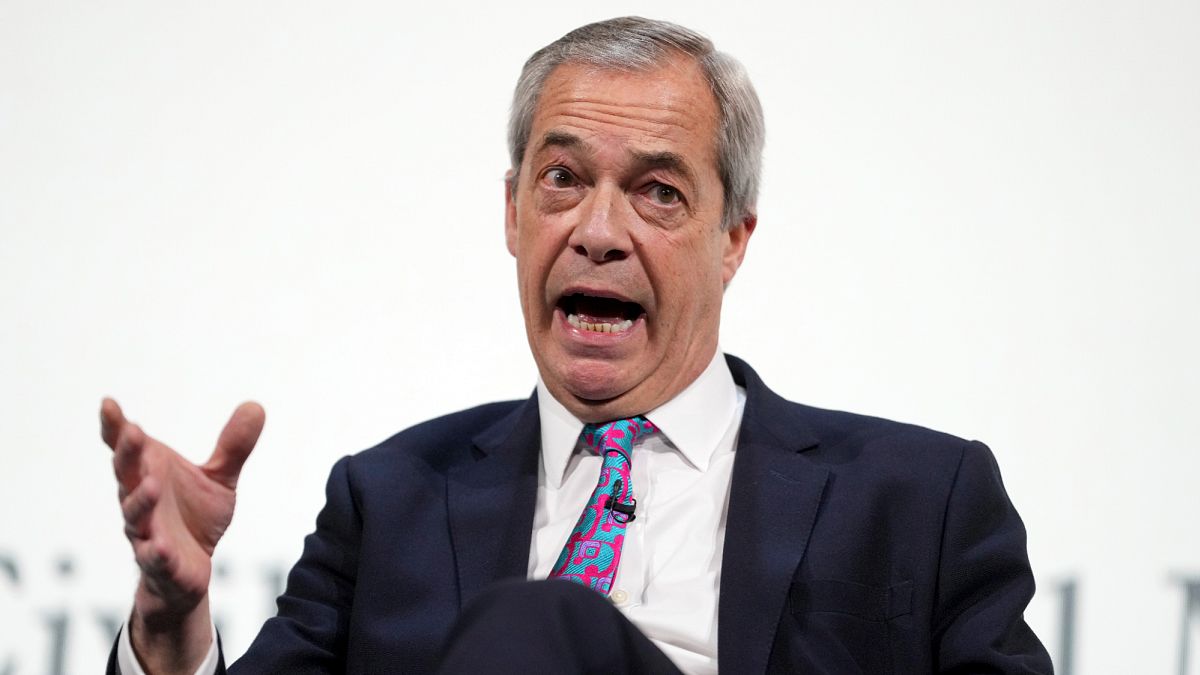Which European country exports the most fur?

Support for fur farming in Europe is dwindling, with a citizens’ petition gaining enough signatures for a potential law change.
The EU could be one step closer to banning fur farms thanks to a citizens’ petition.
Having now garnered over 1.5 million signatures, the Fur Free Europe European Citizens’ Initiative (ECI) has far surpassed the support needed for a potential law change.
The petition, which aims to achieve an EU-wide ban on keeping and killing of animals for the sole purpose of fur production, was submitted to the European Commission on Wednesday (14 June) for consideration.
Fur is falling in popularity in both the EU and UK. The value of fur imports in the EU dropped more than 60 per cent over the past decade, according to animal welfare organisation Four Paws.
So how do European countries stack up when it comes to the import and export of fur?
Which European country produces the most fur?
Alongside China, Europe is one of the world’s largest fur producers, though the industry has been in decline since 2014.
In Europe, annual mink production decreased from 45 million in 2014 to approximately 12 million in 2021, reports Brussels-based animal protection lobbyist Eurogroup for Animals.
Finland and Poland are the EU countries with the highest number of fur farms.
The biggest fur producing and importing country in Europe is Finland, though a significant proportion of its imports are re-exported to countries such as South Korea and Vietnam. According to animal protection charity Humane Society International (HSI), the country’s export value of fur was €126 million in 2021, down from €477 million in 2013.
Finland is the largest producer of foxes (mainly ‘blue’ foxes) and raccoon dogs, with a production of 900,000 fox fur pelts in 2021, down from 2.53 million in 2017, Finnish Fur Breeders’ Association (FIFUR) figures show.
Poland is currently the largest mink farmer, having produced 4.5 million pelts in 2021. Lithuania, Greece, Finland and Spain make up the rest of the top five, after COVID-19 outbreaks on farms forced Danish farmers to cull their animal stock.
In December, Denmark announced plans to lift its temporary ban on mink farming and import 10,000 mink from Finland, Iceland, Poland, Norway and Spain to start a new breeding programme for fur farms this year.
EU exports of farmed fur to third countries are mainly destined for Cambodia, China, Hong Kong, Russia, South Korea and Thailand. Turkey is also a major consumer of fur.
Which European countries have banned fur farming?
Fur farming has been banned in 19 European countries, 14 of which are EU member states.
These include Austria, Belgium, Bosnia and Herzegovina, Croatia, the Czech Republic, Estonia, France, Italy, Ireland, Latvia, Luxembourg, Malta, the Netherlands, North Macedonia, Serbia, Slovakia, Slovenia and the UK.
Political discussions on a ban are also underway in Romania, Lithuania and Poland, according to HSI.
England and Wales were the first European countries to enforce a ban on far farming in 2003. Latvia was the latest to introduce a ban in September 2022.
While Switzerland and Germany have not enacted bans, strict animal welfare laws have shuttered all fur farms in these countries.
Similarly in Sweden, stricter animal welfare requirements have led to the phase-out of fox and chinchilla farms; the country’s temporary ban on mink farming was lifted in 2022 with certain restrictions.
Hungary has banned the breeding of mink, foxes, polecats and coypu for fur on animal welfare and public health grounds.
Although Denmark is set to return to mink farming, the country has banned fox farming and the building of new raccoon dog farms.
A fur farming ban will also come into place in Norway in 2025.
Bulgaria‘s plan to ban the breeding and import of mink was suspended in August last year following an appeal.
Is the UK planning to ban fur imports?
Last year, rumours swirled that the UK government could back out of its promise to ban the import of fur.
The Department for the Environment, Food and Rural Affairs (DEFRA) corrected these reports, saying future legislation to ban the imports of fur and foie gras has not been dropped, but faces a lack of progress due to limited Parliamentary time.
The UK has historically been a leader on animal rights, becoming the first European country to ban fur farming on ethical grounds back in 2003. But the country imported around £55 million (€62m) worth of fur in 2019, according to UK charity coalition Wildlife and Countryside Link.
Yet as consumers become more concerned about animal welfare, public health and the environment, demand for fur products is decreasing.
There is strong public backing for a UK fur sales ban, with over 1.1 million signatures collected to date, according to DEFRA, while an April 2022 poll shows 77 per cent of British voters think the UK Government should ban the importation of animal products such as fur.
Have any countries banned the trade of fur?
In the EU, the import and trade of seal skins and dog and cat furs has been prohibited since 2009. The UK also has restrictions on the import of fur from domestic cats and dogs, commercial seal hunts, and from wild animals trapped for their fur.
However, the sale of fur in general remains legal across Europe. In 2021, Israel became the first country in the world to ban fur sales. In the US, certain cities and states have enforced their own bans, including California, Connecticut, Hawaii, Massachusetts, New York City, Oregon and Rhode Island.
Animal rights groups are calling for a blanket EU ban on fur farming and sales, citing animal welfare, public health, environmental and economic concerns.
The European Citizens’ Initiative Fur Free Europe has so far garnered more than 1.5 million signatures.
Source: Euro News















